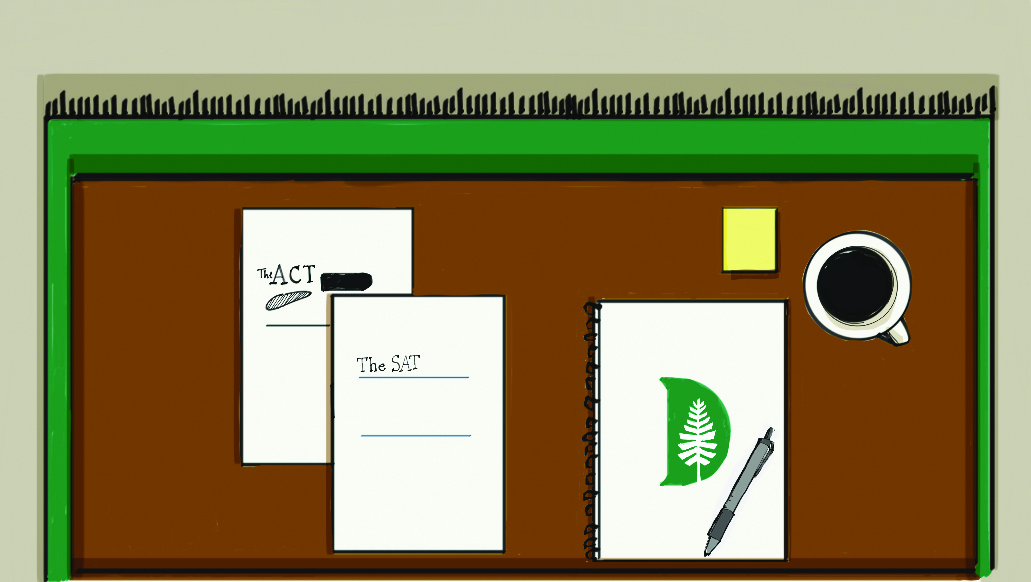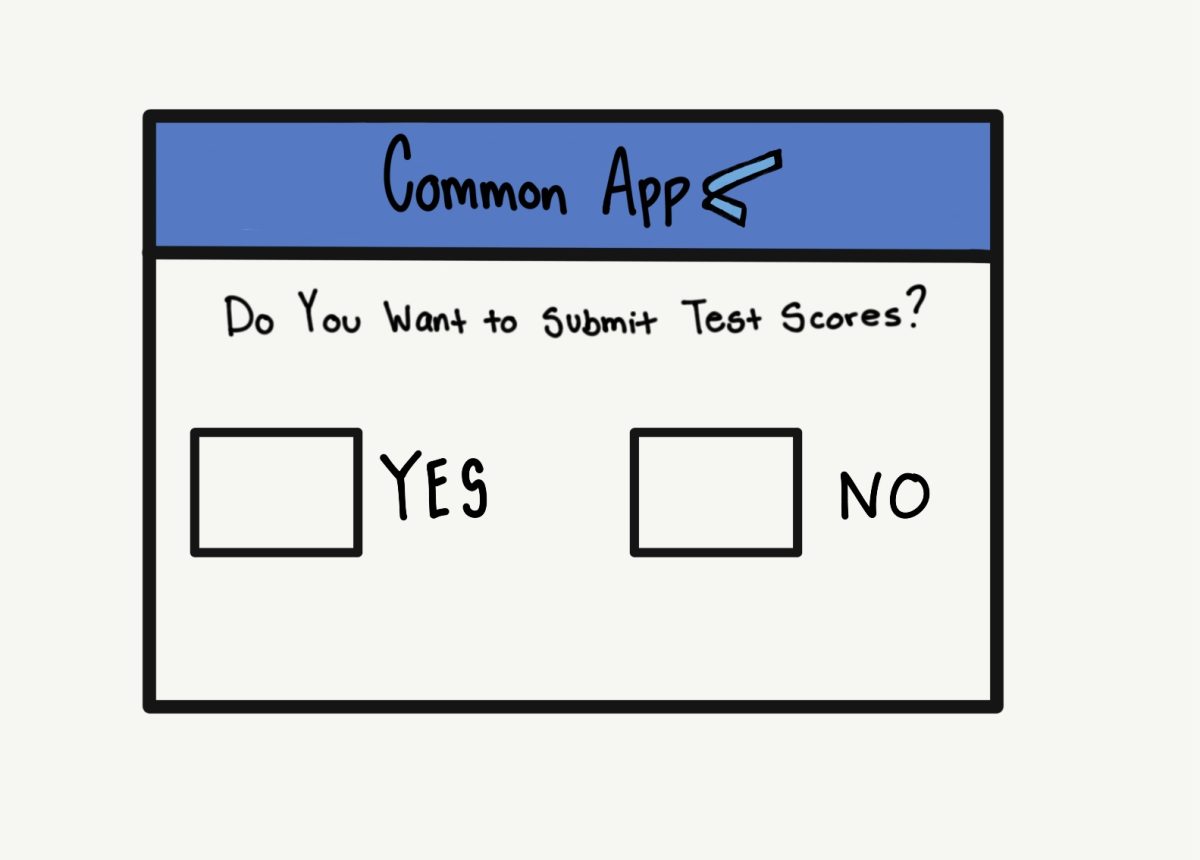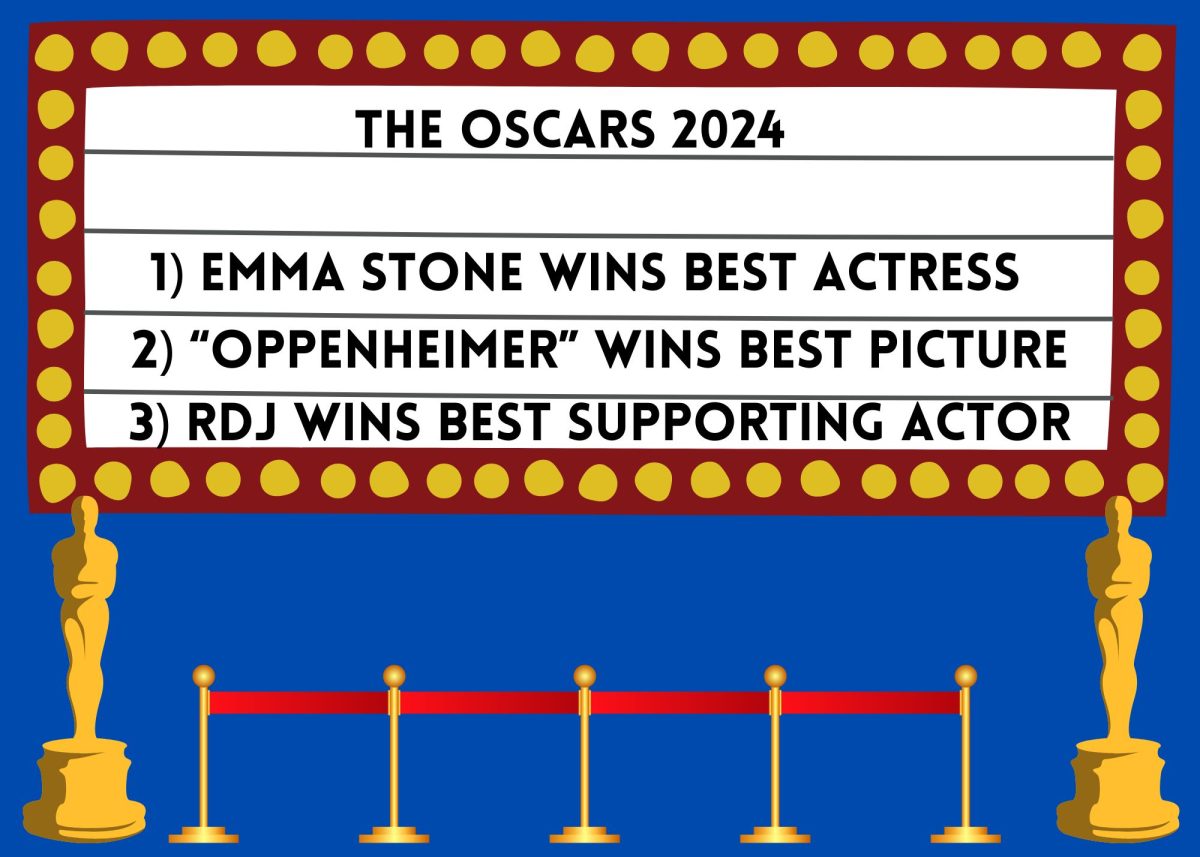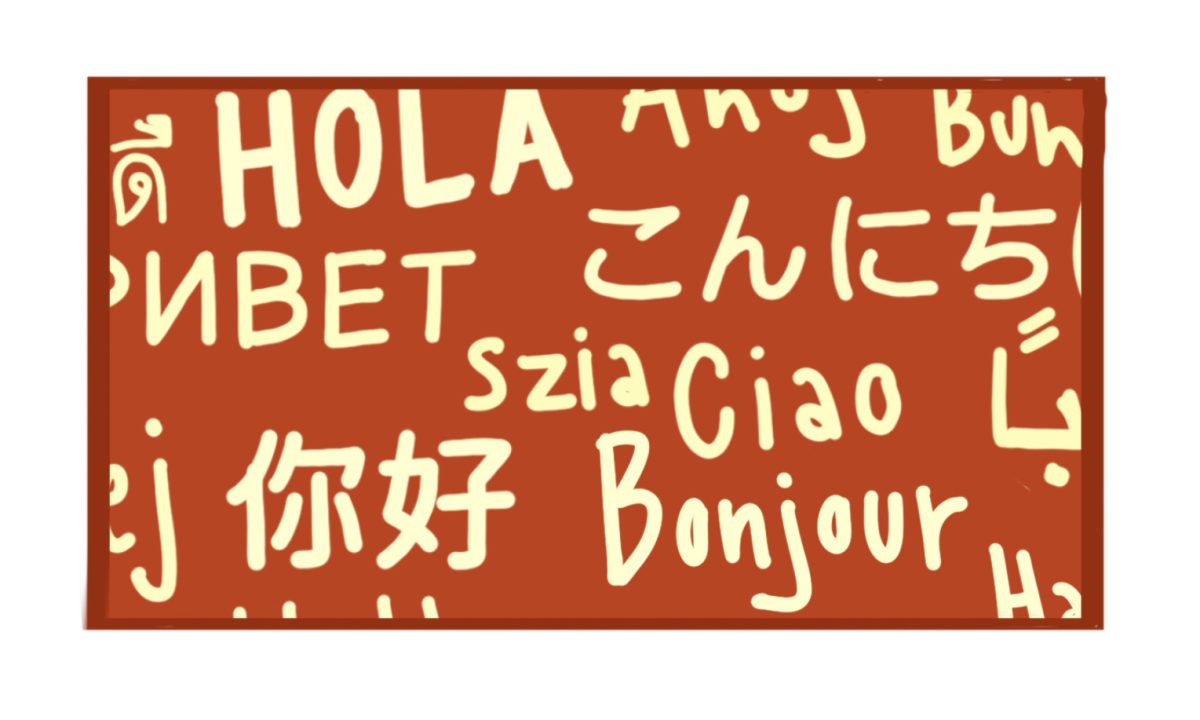Ari ’14
Banning the purchase of certain foods by recipients of federal nutrition assistance through the Supplemental Nutrition Assistance Program (SNAP) is paternalistic, stigmatizing and impractical. There are more efficient and realistic ways to incorporate healthy foods into the diets of SNAP beneficiaries by changing the structure of SNAP itself and better educating its recipients about nutrition and healthy habits.
One issue with prohibiting the use of food stamps to purchase “junk food” is that the government would be responsible for establishing which foods fall into the category of “junk.” Defining “junk food” is difficult: one serving of an average candy bar has less fat than a serving of cheddar cheese, and some potato chips have a lower salt content than breakfast cereals. Where would the line be drawn between healthy and unhealthy foods?
By forbidding the purchase of certain items with food stamps, the government would be partaking in paternalistic, nanny-like oversight. Eliminating food choices would force families in the supermarket line to pay separately for foods restricted by the SNAP program, in turn shaming participants who still want “junk food.”
People should have the right to make their own choices regarding what they put into their bodies and should not be denied that right because of their financial situations. You wouldn’t lend a friend money to buy a snack, and then add, “But you can’t use it to buy yourself chips or soda.” It would be domineering and unfair, and telling people in the SNAP program that they aren’t allowed to buy themselves certain foods is just as oppressive.
A slightly different but equally valid argument against the banning of certain foods for SNAP participants is made by Julie Guthman, a professor of social science at the University of California at Santa Cruz and author of Weighing In: Obesity, Food Justice, and the Limits of Capitalism, who raises the point, “I don’t know why poor people have to bear the burden of what are essentially political choices. If we’re concerned about having junky food in our food supply, then we should figure out ways to minimize or eliminate junky food.”
There are many possible solutions other than just banning food that is considered unhealthy. Perhaps a system could be established in which a certain amount of food stamp funds per family is allotted for vegetables, fruits, grains, and proteins, and then another amount is allotted for whatever foods the family chooses to purchase. This would ensure that the money allocated to families is not spent entirely on “junk” without prohibiting any particular foods. SNAP participants would still have the freedom to select what they want to eat within certain guidelines that promote both health and personal choice. Furthermore, participants could receive informational guides or the opportunities to take classes on nutrition.
I agree that eating nutrient-rich foods benefits the human mind and body in myriad ways, but eating habits are a personal matter that the government does not have the right to decide for citizens.
Yes, encouraging more nutritious alternatives is a great way to raise awareness of the benefits of healthy food, but telling people what they can and cannot eat is not the way to do it.
Sonia ’14
In 2008, The Huffington Post reported that 49 million Americans—including 16.7 million children—were living at risk of not having enough food to eat every day. Perhaps because they do not have reliable or consistent access to nutritious foods, low income Americans are disproportionately affected by obesity, which can lead to diabetes, heart disease, high blood pressure, and depression.
Through the Supplemental Nutrition Assistance Program (SNAP), the federal government provides assistance to the one in six Americans living in poverty. Eligible households receive federally funded SNAP vouchers (commonly called “food stamps”) that can be used to buy food. A considerable number of food stamps are used to purchase unhealthy foods, however, exacerbating the already dire state of health among low income families.
Given the correlation between poverty and obesity, SNAP benefits should not cover the purchase of junk food and should instead follow restrictions similar to those implemented by another government nutritional assistance program, Women, Infants, and Children (WIC), which provides low income pregnant women and new mothers with the means to buy baby formula, milk, and other basic foods for themselves and their children.
Additionally, the government should introduce subsidies for healthy food and provide nutrition programs for low-income communities.
Families using SNAP to help defray the cost of food are already in the precarious position of having little money to spend on meals; adding further restrictions to their choices may seem unfair, since junk food is less expensive than healthier food options. However, it is illogical for the country to continue subsidizing unhealthy food.
Since many recipients of SNAP benefits are also on Medicaid, ending subsidies for junk food could eventually reduce the amount of money that the federal government spends to treat medical complications linked to obesity.
The government already regulates the foods that school cafeterias provide to students and the items new mothers can purchase through WIC; excluding junk food from SNAP would be no different. Moreover, such regulations would empower people to purchase nutritional foods with their own money.
In an op-ed for the New York Times, Tina Rosenberg referenced Yale University’s Rudd Center for Food Policy, which “looked at purchases by WIC participants in Massachusetts and Connecticut, including what they bought with their own cash.” After WIC set new guidelines for buying healthier options, the study noted that “participants bought significantly more whole-grain bread and brown rice and reduced-fat milk, and far less white bread, whole milk, cheese and juice.”
The nutritional habits reinforced by new SNAP rules could endure even after participants no longer need federal assistance, allowing families to develop healthy eating habits.
However, banning junk food is only part of the solution. Nutrition education is vital, since, according to Eli Saslow from the Washington Post, every dollar spent on nutrition education saves the government ten dollars in future healthcare costs.
Even if SNAP bans the purchase of junk food with food stamps, it won’t end obesity. A federal initiative to provide information on nutrition and to expand the SNAP program is necessary to help disadvantaged families avoid the consequences of an unhealthy diet.
















